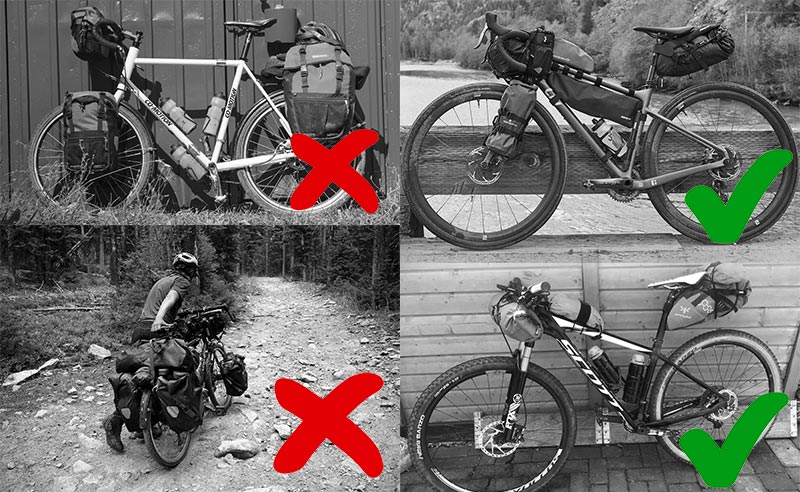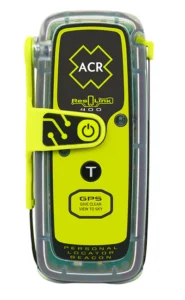Cycling touring in NZ: dos and do nots
A post primarily for European cycle tourists visiting New Zealand – bring the right bike, choose the best routes.
New Zealand does not have a transport system like Europe. We have very limited public transport (trains and buses) so New Zealanders mostly rely on private motor vehicles and most of our freight is on trucks on the roading network. This makes our roads dangerous and noisy for cyclists. Many roads don’t have an adequate shoulder (space on the left to ride), are narrow, winding or the shoulder has debris on it. Passing cars and trucks can be going 100kmph and generally NZ drivers are unaccommodating to other road users.
In other words, its best to avoid the State Highway system in New Zealand – that wont be safe or fun – but there are two amazing alternatives that you should consider: New Zealand has a three main brevets each year (self supported, multi day endurance rides, see links below) and a national, off road cycleway network of 23 “Great Rides” BUT the touring bike and bags you use at home are unlikely to be good for these brevets, trails and routes. Read on for our recommendations …
So if you are coming to NZ to ride, bring a mountain bike with gravel tyres or a gravel bike. Make sure both styles have good volume in the tyres. You will want to vary the pressure depending on the ride.
Don’t bring heavy front and back panniers – this is a big mistake. NZ is mountainous so the load weight is really important. Panniers are also hopeless in a headwind and dangerous on a forest trail. Aim to carry about 12 kilos excluding food and water.
Also, consider leaving the tent, sleeping bag and cooking stuff at home and use NZ Top 10 holiday cabins and eateries along the route. Cabins can be very inexpensive if traveling in a pair.

So what about the cycle routes?
Here are some amazing cycle trails and paths in NZ. These routes are either fully off-road or on quieter back roads.
- The Tour of Aotearoa (Aotearoa is the Māori name for NZ). Top to bottom of NZ, about 30 days required.
See the path here | Buy the brevet book here | Join a tour - The Kopiko Aotearoa (that’s the Māori name for NZ). Ride the widest part of NZ from cape to cape. about 10 days required. See the path here | Buy the brevet book here | Join a tour
- The Sounds to Sounds. South Island epic adventure that goes from Marlborough Sounds to Milford Sound. See the path here | Buy the brevet Book
- The 23 Great Rides. Some are day rides and some multi day trips but they are all really great. Join a North Island tour that has 4 Great Rides
Tour of Aotearoa
Allow 30 days.
Click the top right [ ] to see a bigger map.
Kopiko Aotearoa
Allow 12 days.
Sounds 2 Sounds
Allow 15 days.
Other things you should know about bike touring in NZ
The sun is very strong and New Zealand. In summer the ozone hole over the Antarctic opens a little wider and can cover more of New Zealand. This means the midday UV can be very high. You’ll easily burn within 15 to 30 minutes. So keep covered or use sun cream and reapply sun cream.
Gravel comes in three sizes; itty-bitty, medium and small boulder. In other words, if you see the surface marked as “gravel” on a map, it could be fast or slow riding ahead depending on the size of the gravel. Generally Europeans struggle with gravel because it’s not a common riding surface in Europe. The short story is: go slow and stay upright on corners. Softer tyres will make the ride safer and more comfortable.

Once you get out of the main cities and provincial towns, New Zealand can be very remote. This means cell phones won’t work, GPS might be obscured by trees, then add bad weather on the top of that and the situation can become dangerous. Carrying an EPLB (personal locator beacon) is advised in remote places. They can be hired in many places.
The country has two helpful websites: the NZTA Journey Planner shows road closures and other issues and the Metrology Service’s website – particularly the rain radar and wind direction. Both are worth checking daily to see what the conditions ahead will be.
If you need help, you can stop and go into the nearest house or business and people are normally very happy to help you. New Zealanders are very friendly, except when they’re driving a car.
As a result of intensive dairy farming it’s best to avoid drinking water from streams unless you carry a purifier and instead fill up from drinking taps in parks, halls and schools.
Summary: New Zealand is an amazing location for cycle touring, but you have to bring the right bike and gear, study and choose bike safe routes and avoid roads. The annual brevets provide a safe and companionable way to tour the country. Tours like those offered by this website also distill the highlights and add cultural and historical points of interest to the route.
Support a
Great NZ Cycle Path
EVERY 50 SIGN UPS GIVE $100 TO A TRAIL BUILDER IN NZ
